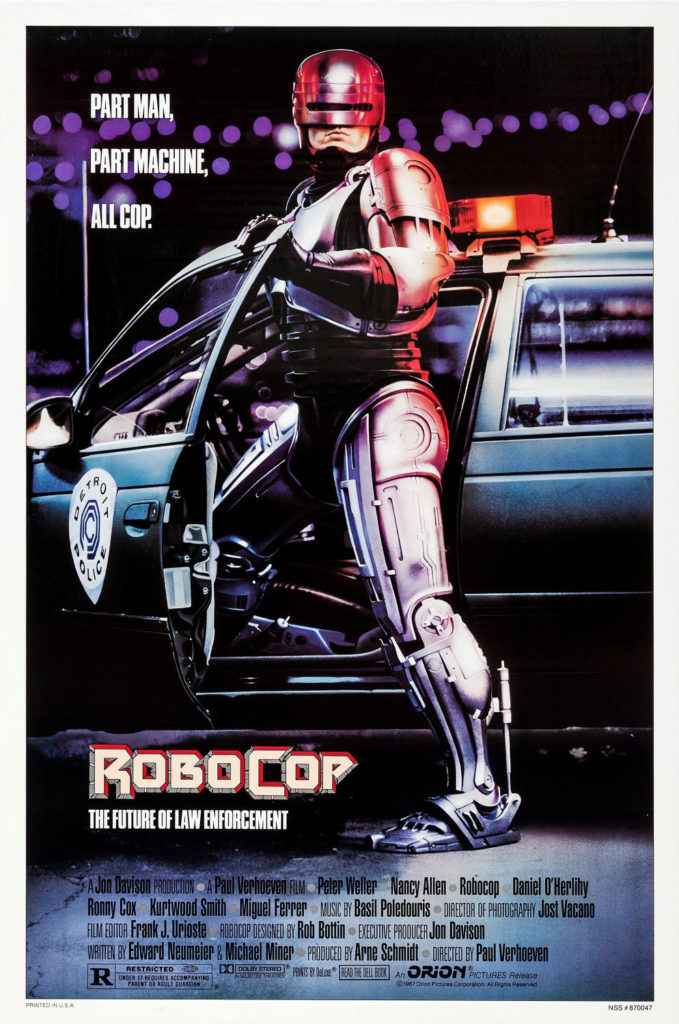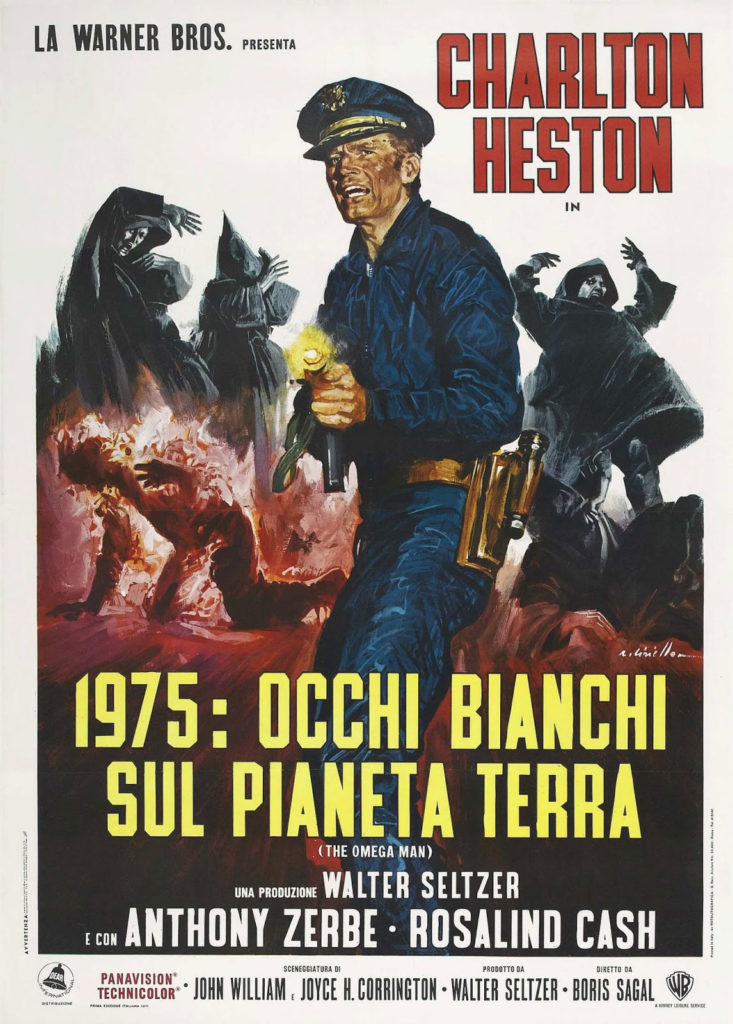 Dystopian future societies are the stuff dreams are made of. They are what grow from the seeds of our own decadence and shallowness. The moral bankruptcy, and sometimes outright horror, of the settings of films like Blade Runner, A Clockwork Orange, THX 1138, Escape from New York, and Soylent Green wouldn’t be possible if writers and directors didn’t look around them and see the lightning speed with which we throw ourselves into unknown futures, sometimes without regard for so many of the present realities which work so well and don’t need change. The ever-present message is that change, sometimes jarring change, is inevitable. Films that look to the future warily revolve around placing the viewer in the role of Rip Van Winkle. When the theater lights dim, the familiar world of today dissolves into the freak show of tomorrow. The overriding questions always being: Why are the people onscreen comfortable with this? Why doesn’t everybody see how wrong things are?
Dystopian future societies are the stuff dreams are made of. They are what grow from the seeds of our own decadence and shallowness. The moral bankruptcy, and sometimes outright horror, of the settings of films like Blade Runner, A Clockwork Orange, THX 1138, Escape from New York, and Soylent Green wouldn’t be possible if writers and directors didn’t look around them and see the lightning speed with which we throw ourselves into unknown futures, sometimes without regard for so many of the present realities which work so well and don’t need change. The ever-present message is that change, sometimes jarring change, is inevitable. Films that look to the future warily revolve around placing the viewer in the role of Rip Van Winkle. When the theater lights dim, the familiar world of today dissolves into the freak show of tomorrow. The overriding questions always being: Why are the people onscreen comfortable with this? Why doesn’t everybody see how wrong things are?
Simply put, because that’s how things in the future work. People in the future grow up among the bizarre, things we wouldn’t recognize, as though these were the normal conditions of existence, rather than a manufactured reality that mankind has created for itself. The irony is, of course, that we, in real life, away from the fantasies of Hollywood, live like these silver screen wraiths, embracing the fast pace of technological advance, throwing off the yoke of millennia of human history to embrace the dictates of the electronic age. Implicit in films that depict the future is that civilizational advance is a given, destroying the ways and mores of the past, creating something unrecognizable to those who weren’t witness. This resonates because that is exactly how our ancestors would feel would they awake in today’s world. Continue reading “Robocop (1987)”

 The three films adapted from Richard Matheson’s 1954 novel I Am Legend vary widely in scope, story, and distance from the original source material. They are all shaky and mostly forgettable, but The Omega Man maintains a special place in cinema as one of star Charlton Heston’s many 1970s forays into post-apocalyptic science fiction. For that, it is the most interesting of the three adaptations, if not the best, edging The Last Man on Earth by a close margin.
The three films adapted from Richard Matheson’s 1954 novel I Am Legend vary widely in scope, story, and distance from the original source material. They are all shaky and mostly forgettable, but The Omega Man maintains a special place in cinema as one of star Charlton Heston’s many 1970s forays into post-apocalyptic science fiction. For that, it is the most interesting of the three adaptations, if not the best, edging The Last Man on Earth by a close margin. Back before the great wave of gentrification began to hit American cities in the mid-1990s, there was the 1980s, an era when the distressed environment of the cities bottomed out. Long decades of neglect, strained local budgets, and rising crime left our cities veritable war zones. The inner cities were voids of hopelessness, abject poverty, and filth. Even affluent neighborhoods were just dangerous enough to breed well-heeled residents with canny street smarts, always looking over their shoulders for the dark figure hiding behind a tree or in an alley. This kind of palpable fear of urban environments is contagious, and it entered into our lore. We could envision no bright future for the American city because we had seen decay extend its grip for so long. Today’s cities have not fully recovered, and they remain always on the brink, ready to slide back as soon as people’s cares turn elsewhere, but it’s hard to picture just how bad things got unless one were a witness.
Back before the great wave of gentrification began to hit American cities in the mid-1990s, there was the 1980s, an era when the distressed environment of the cities bottomed out. Long decades of neglect, strained local budgets, and rising crime left our cities veritable war zones. The inner cities were voids of hopelessness, abject poverty, and filth. Even affluent neighborhoods were just dangerous enough to breed well-heeled residents with canny street smarts, always looking over their shoulders for the dark figure hiding behind a tree or in an alley. This kind of palpable fear of urban environments is contagious, and it entered into our lore. We could envision no bright future for the American city because we had seen decay extend its grip for so long. Today’s cities have not fully recovered, and they remain always on the brink, ready to slide back as soon as people’s cares turn elsewhere, but it’s hard to picture just how bad things got unless one were a witness.